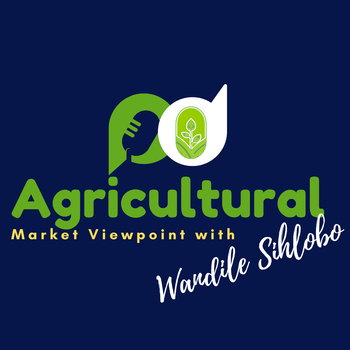
SA expects ample summer grains and oilseeds harvest
Loading player...
The Crop Estimates Committee's data reaffirmed our optimism about South Africa's 2022/23 summer grains and oilseeds production season. Maize production is estimated at 15,9 million tonnes, up mildly from last month's estimate and 3% higher than the 2021/22 season's harvest. The current harvest is the third-largest harvest on record.
The harvest improvement is primarily on the back of expected large yields, as the area planted is slightly down from the 2021/22 season. About 8,4 million tonnes is white maize, with 7,5 million tonnes being yellow maize. A crop of 15,9 million tonnes implies that South Africa will have sufficient supplies to meet domestic needs of roughly 11,4 million tonnes and remain with about 3,0 million tonnes for export markets in the 2023/24 marketing year that starts in May.
Moreover, the soybeans harvest was lifted by 2% from the March estimate to a record 2,8 million tonnes. The crop improvement is due to an expansion in the area planted and the expected higher yields. The expected large harvest means South Africa could meet its domestic demand and remain with just over 300 000 tonnes of soybeans for export markets. This soybean export expansion is a new territory for South Africa, which until recently, had been a net importer of soybeans and soybean products, and positive for the agricultural trade balance.
The sunflower seed production estimate remained unchanged from last month at 797 610 tonnes (down 6% y/y). The annual decline in the sunflower seed production forecast mirrors the reduced planted area and yields in some areas. Other small crops, such as sorghum and groundnuts, have a reasonably large expected harvest of 107 180 tonnes (up 4% y/y) and 49 080 tonnes (up by 1% y/y), respectively.
We discuss the implications of this harvest for food inflation and livestock industry in this podcast.
My writing on agricultural economic matters are available on my blog: https://wandilesihlobo.com/
Podcast production by: Lwandiso Gwarubana, Richard Humphries, and Sam Mkokeli
The harvest improvement is primarily on the back of expected large yields, as the area planted is slightly down from the 2021/22 season. About 8,4 million tonnes is white maize, with 7,5 million tonnes being yellow maize. A crop of 15,9 million tonnes implies that South Africa will have sufficient supplies to meet domestic needs of roughly 11,4 million tonnes and remain with about 3,0 million tonnes for export markets in the 2023/24 marketing year that starts in May.
Moreover, the soybeans harvest was lifted by 2% from the March estimate to a record 2,8 million tonnes. The crop improvement is due to an expansion in the area planted and the expected higher yields. The expected large harvest means South Africa could meet its domestic demand and remain with just over 300 000 tonnes of soybeans for export markets. This soybean export expansion is a new territory for South Africa, which until recently, had been a net importer of soybeans and soybean products, and positive for the agricultural trade balance.
The sunflower seed production estimate remained unchanged from last month at 797 610 tonnes (down 6% y/y). The annual decline in the sunflower seed production forecast mirrors the reduced planted area and yields in some areas. Other small crops, such as sorghum and groundnuts, have a reasonably large expected harvest of 107 180 tonnes (up 4% y/y) and 49 080 tonnes (up by 1% y/y), respectively.
We discuss the implications of this harvest for food inflation and livestock industry in this podcast.
My writing on agricultural economic matters are available on my blog: https://wandilesihlobo.com/
Podcast production by: Lwandiso Gwarubana, Richard Humphries, and Sam Mkokeli

